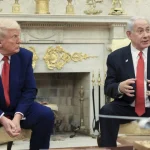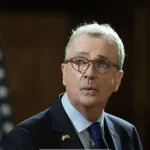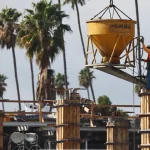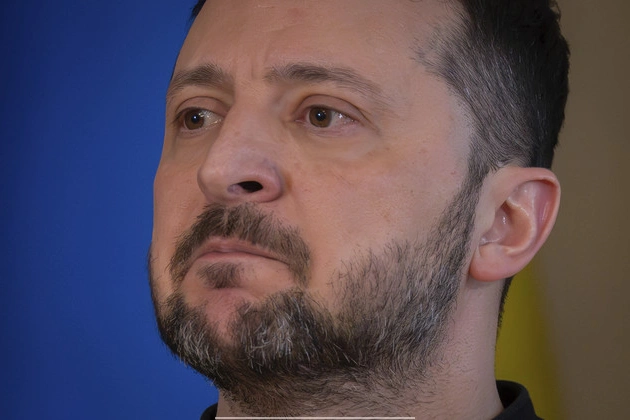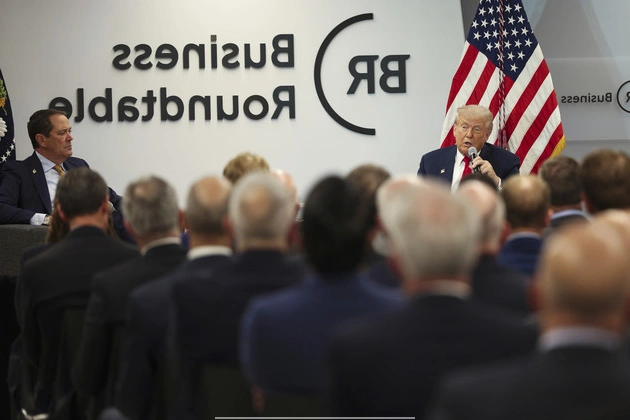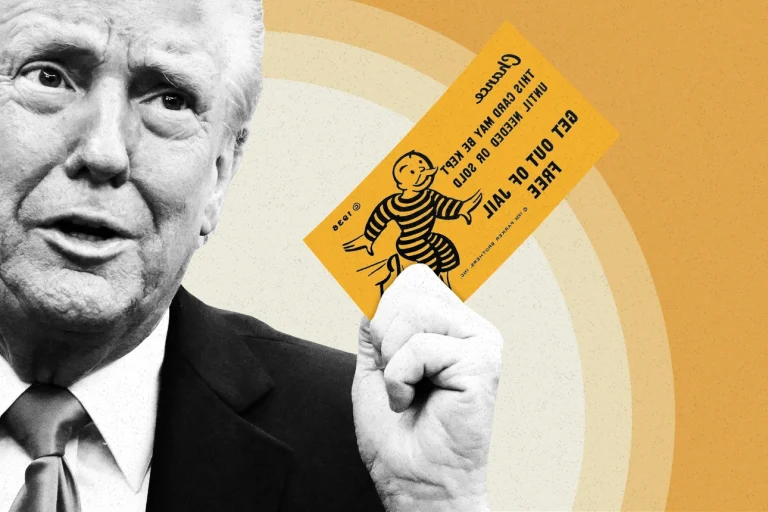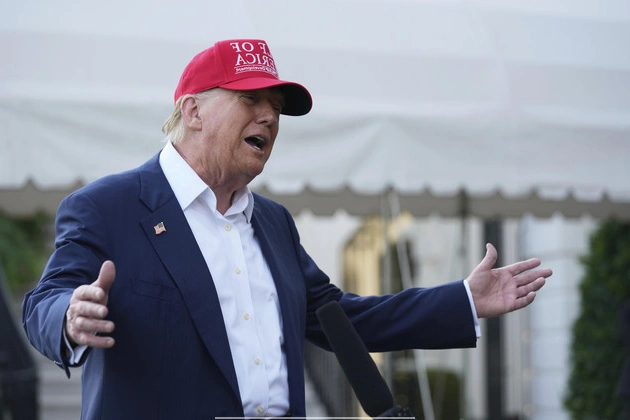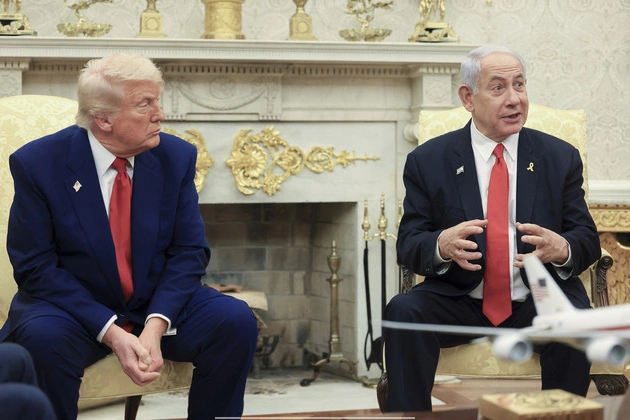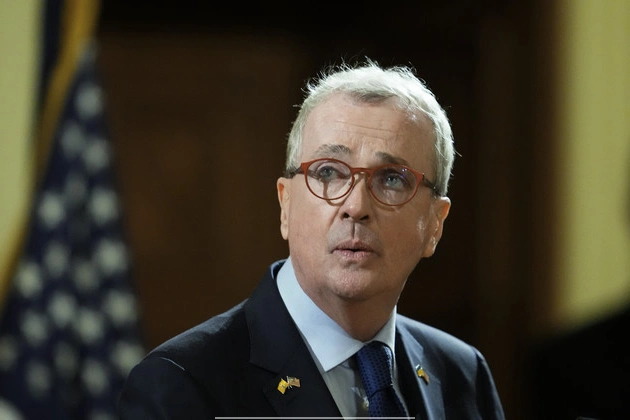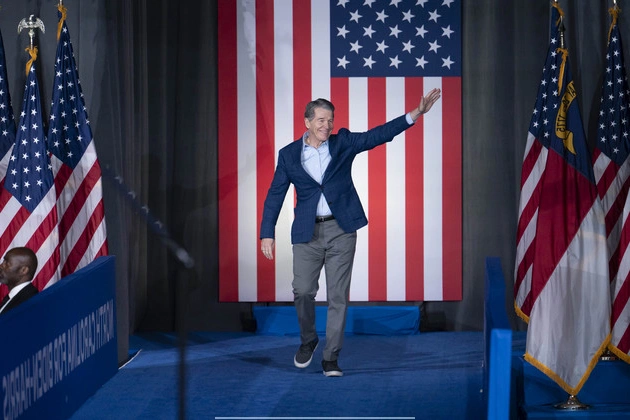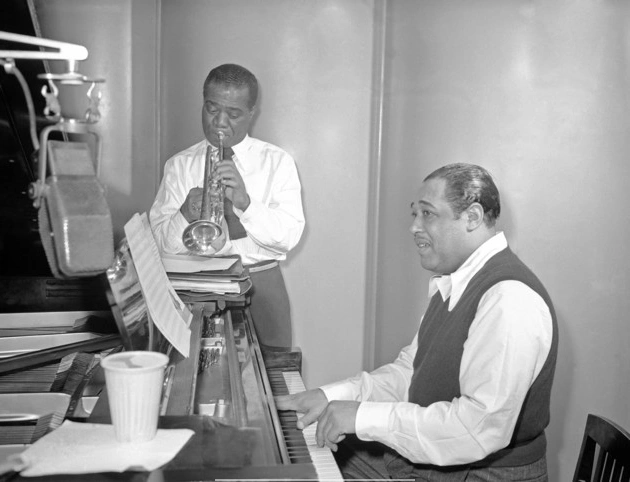
Trump's National Garden of Heroes: Resurrecting a Controversial Initiative
President Donald Trump has reignited discussions about his ‘National Garden of Heroes,’ a controversial initiative aimed at honoring historically significant Americans. Learn about the background, controversy, and future plans for this unique project.
The Revival of a Vision
In an executive order preparing for America’s 250th birthday in 2026, Trump reinstated his earlier directives to establish a sculpture garden celebrating key figures in American history. Originally proposed in 2020, the idea gained traction amidst national debates on racial inequality and historical legacy.
A Response to Historical Context
The proposal for the garden emerged during a period of heightened social activism, marked by protests and statue removals. Trump positioned the project as a response to what he perceived as erasure of American history, particularly in the context of protests against racial injustice.
Diverse Honorees and Potential Controversies
The list of honorees for the garden reflects a wide spectrum of political affiliations, professions, and eras. From sports icons like Babe Ruth to civil rights pioneers like Rosa Parks, the selection aims to offer a comprehensive view of American history. However, potential controversies loom over figures with contentious legacies, raising questions about the inclusivity and relevance of the project.
Challenges and Future Prospects
Despite the ambitious vision, the project faces practical challenges, including securing funding and identifying a suitable location. A task force has been tasked with expediting the process, highlighting the administration’s commitment to realizing the garden.
As discussions continue and plans take shape, Trump’s National Garden of Heroes remains a focal point of debate and speculation. Its ultimate impact on public discourse and historical narratives is yet to be fully realized.

